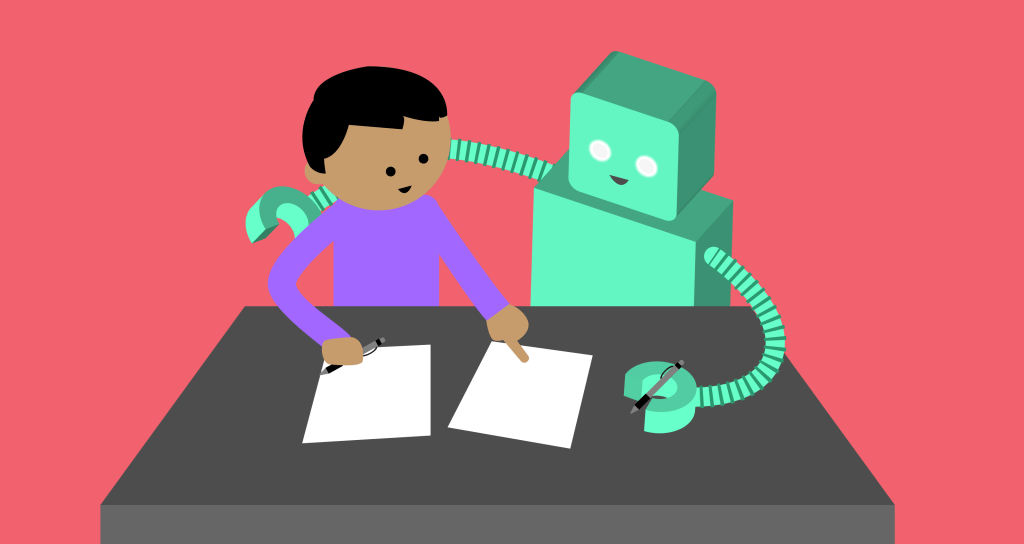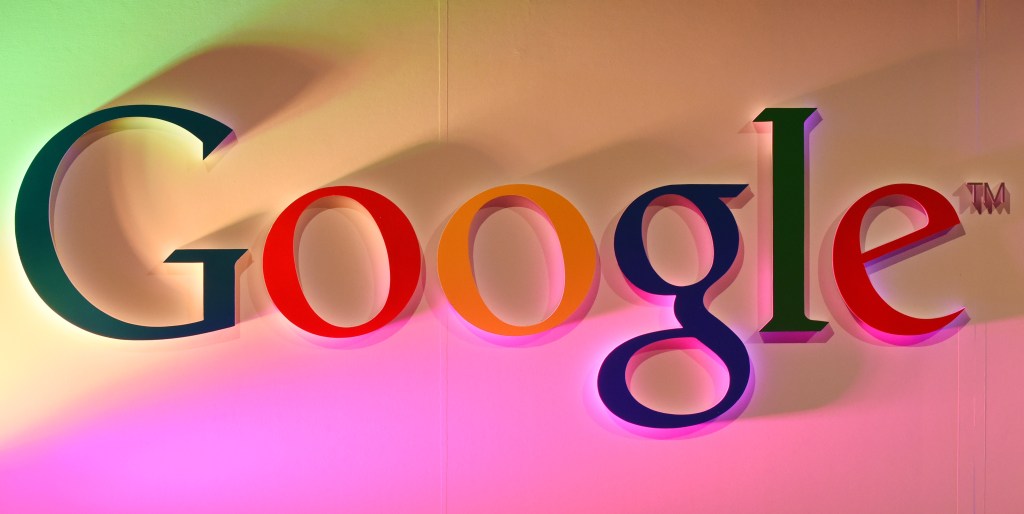OpenAI wants its conversational AI agent ChatGPT everywhere, and that includes classrooms — despite the immense potential for misuse and confusion there. Taking the bull by the horns, the company has proposed a few ways for teachers to put the system to use… outside its usual role as “research assistant” for procrastinating students.
The chatbot is controversial due to the dubious use case of unknown prevalence: plagiarism. Teachers around the world have caught or suspected students of having their essays written by ChatGPT, or using it to answer things like take-home quizzes. Depending on your opinion on educational methods this may be considered cheating, fair play, or something in between, but it is definitely throwing a wrench into lesson plans around the world.
Clearly OpenAI wants to rehabilitate the system’s image a bit when it comes to education, so it has offered up a selection of, honestly, pretty compelling ways to put it to work in the classroom.
For instance, ChatGPT can be used to help language (especially English) learners to translate and write clearly and correctly. The system may not always get its facts right, but thanks to a corpus of largely correct writing, it is grammatically correct even while hallucinating. I’ve heard this before from people who aren’t native speakers of English and there’s no reason to think it wouldn’t be as useful to a 5th grader as it is to an adult.
OpenAI also repeats experts saying (it is careful to put this in the context of educators making these suggestions themselves) that it could be helpful for formulating new test questions or role-playing as a job interviewer.
Perhaps the most relevant suggestion, from Geetha Venugopal in Chennai, India, is to teach kids that they shouldn’t trust everything a computer spits out at them:
In her classroom, she advises students to remember that the answers that ChatGPT gives may not be credible and accurate all the time, and to think critically about whether they should trust the answer, and then confirm the information through other primary resources. The goal is to help them “understand the importance of constantly working on their original critical thinking, problem solving and creativity skills.”
If those kids can learn that, they’ll be doing what half the planet can’t!
Notably, in a FAQ, the first (and surely most frequently asked) question is about recognizing AI-generated content presented as a student’s own work.
To OpenAI’s credit, words are not minced:
Do AI detectors work?
In short, no. While some (including OpenAI) have released tools that purport to detect AI-generated content, none of these have proven to reliably distinguish between AI-generated and human-generated content.
They warn against asking ChatGPT or other systems questions like “did you write this?” as total misconstructions of what the model actually does. And they admit that “small edits” are enough to avoid detection. Like removing the “As an AI, I…” bit that the laziest plagiarists fail to notice.
OpenAI scuttles AI-written text detector over ‘low rate of accuracy’
OpenAI recommends having students show their work and drafts, including conversations with AI models, and demonstrate that they are not simply asking it for answers and trusting them blindly. (If they were in M. Venugopal’s class, they would know this.)
The company also helpfully includes some extensive prompts to put ChatGPT in the role of a tutor or assistant: “You are a friendly and helpful instructional coach helping teachers plan a lesson,” and so on. While educators may not want to use these straight out of the box, simply reading them is suggestive of what kind of direction the agent needs in order to be helpful but not too helpful.
It’s certain that AI agents like ChatGPT will be a fixture of education going forward, even if unfortunately there is great opportunity for abuse. But then again, who can say they did not install games on their TI-83 graphing calculator, or copy their report on Napoleon wholesale from Encarta? Well, a fair amount of young people, probably. But although I date myself, the parallels are clear. Students and teachers will adapt — but only if they embrace the tools and make them their own.
Age of AI: Everything you need to know about artificial intelligence































Comment